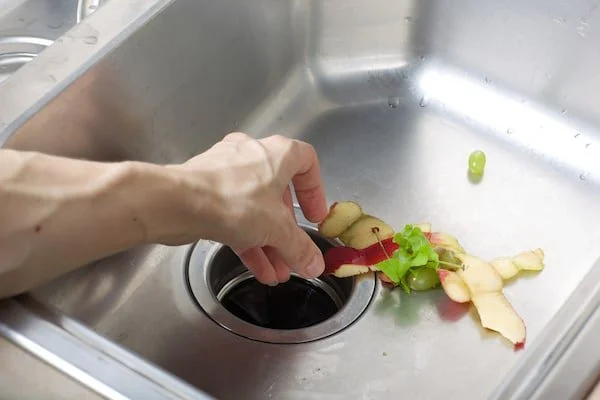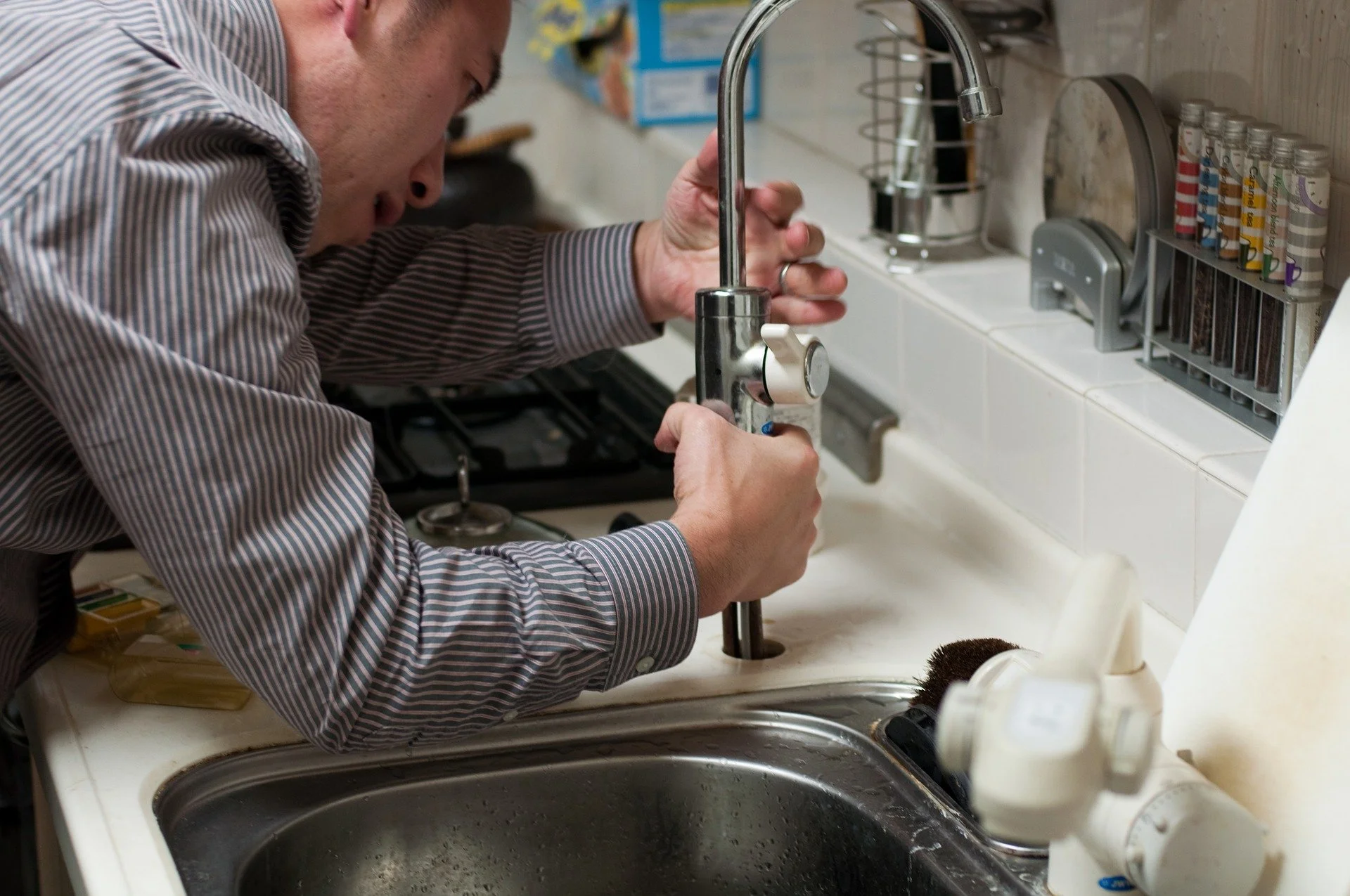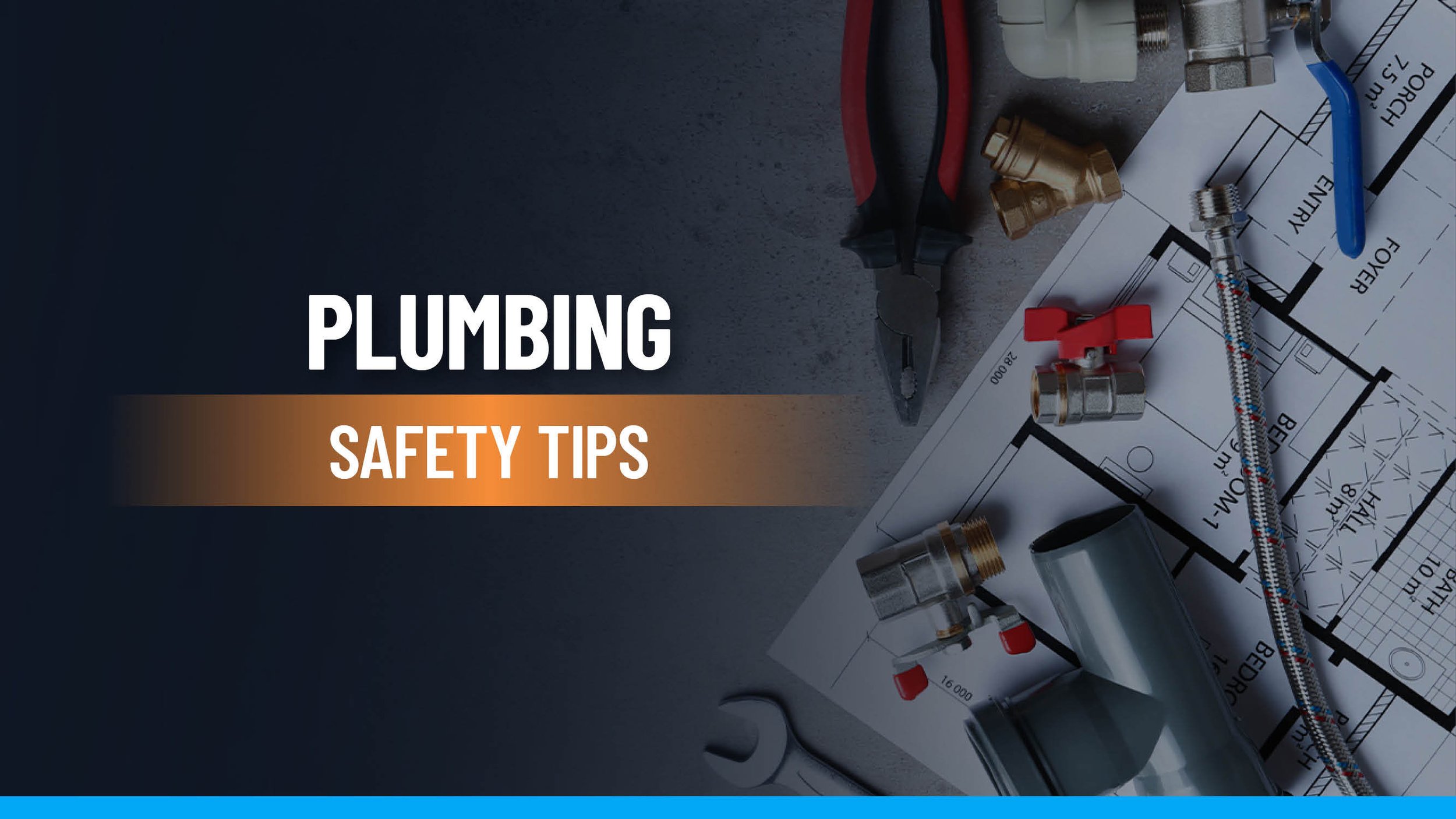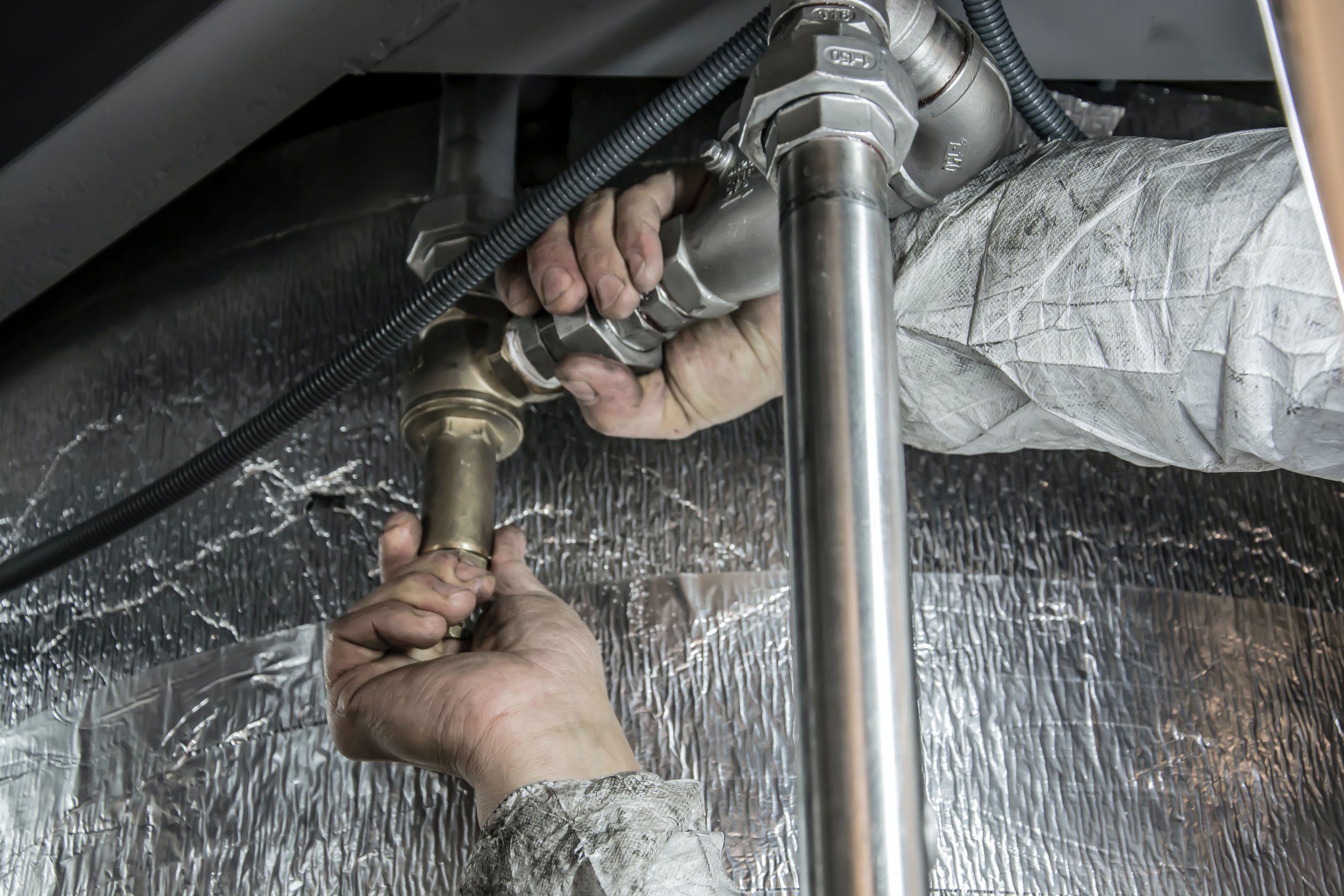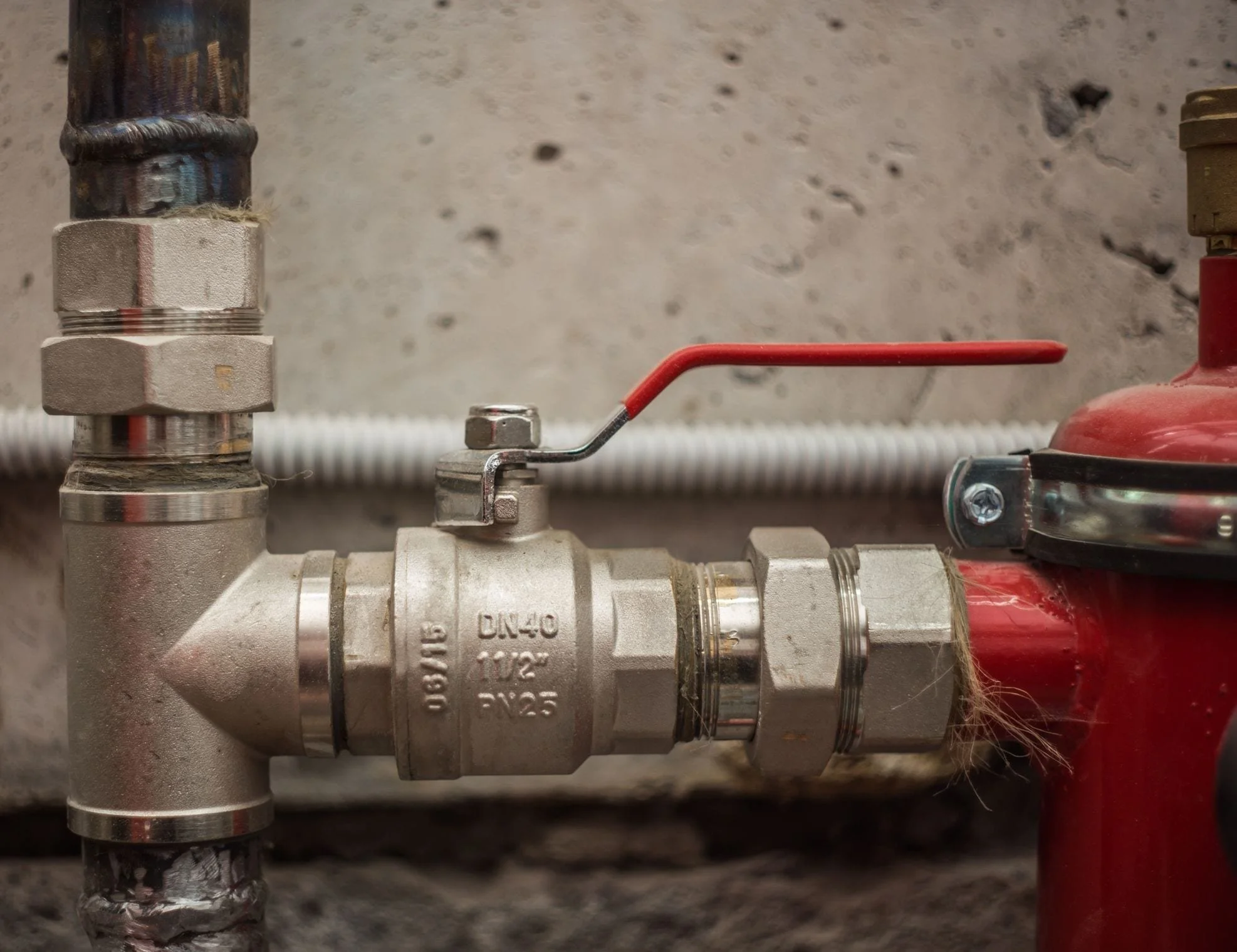5 Simple Solutions to Consider If Your AC Isn't Working Properly
RH Business Marketing Solutions
Summer is here, and with it comes the heat. As temperatures rise, it's important to make sure your air conditioning is working properly so that your home stays cool and comfortable. Unfortunately, at times, your AC may not work as it should. While this can be a cause for concern, there are a few simple solutions to consider that may help get your AC up and running again. Whether you're a DIYer or a homeowner looking for help from a professional, this easy-to-follow guide provides five simple solutions to consider if your AC isn't working properly. From inspecting the air filter to checking the thermostat, you'll learn how to troubleshoot and fix your AC in no time. So, don't let a malfunctioning AC ruin your summer. Follow this guide and get your AC back in working order so that you can stay cool and comfortable.
Inspect the Air Filter
The air filter located on the exterior of your unit is designed to remove dust and dirt from the air flowing into your home. When it begins to get dirty, your AC is getting blocked, causing your unit to work harder to cool your home. So, if your air filter is dirty, take a look at it to ensure that it's clean. Clean your air filter on a regular basis so that it can continue to remove air pollutants for you.
How to Clean an Air Filter
Pull up your air filter and clean it with a clean cloth so that dust particles are removed from the filter. Rinse your filter with water so that any remaining dust particles are removed. The more often you clean your air filter, the longer your filter will last. If your air filter is blocked, your AC unit will work harder to keep your home cool, which could lead to increased energy costs. The filter will also become less efficient over time.
Check the Thermostat
Your air conditioner is equipped with an electronic controller that is capable of balancing the temperature in your home. Every time you press the AC button on your remote, this controller receives the signal, which triggers your unit to kick on or off. However, if your remote isn't working, then the controller isn't receiving the signal. To check if the thermostat is malfunctioning, turn your AC off and check the wall socket that the remote is connected to. If it’s working, then the thermostat is likely not functioning.
How to Test a Wall Socket
Turn your AC unit off and unplug it from the wall socket. Turn the wall socket that’s connected to your unit’s air conditioner switch to “off.” If it stays on, then the socket is receiving power. Now, unplug your unit from the wall socket and turn it back on.
Check the Condenser Unit
The condenser unit located at the bottom of your air conditioner absorbs and temporarily stores heat. This is what makes your air conditioner work. If the condenser is damaged, it won't be able to absorb heat as efficiently, which means that your AC unit will work at a slower pace. The condenser unit will also be prone to clogging, which could result in it overheating and becoming damaged.
How to Check the Condenser Unit
Turn off your unit and unplug it from the wall socket. Next, remove the grille covering your unit on the exterior, so that you can check the unit’s interior components. Next, remove the unit’s fan by loosening the screws holding it in place. Now, using a screwdriver, remove the dust sleeve covering the unit’s motor so that you can see inside the unit.
Check the Refrigerant Lines
Your air conditioner is connected to the refrigerant lines located inside your unit. As your air conditioner compresses the refrigerant, it creates cold air, which is then evenly distributed throughout your home. If any of these lines become damaged or blocked, your air conditioner will work at a slower pace and could even cause your unit to overheat.
How to Check the Refrigerant Lines
Turn off your AC unit and unplug it from the wall socket. Next, use a flashlight to check the inside of your unit for any signs of damage. If you notice any broken or damaged lines, take immediate action to unclog the line so that your unit can get back up and running again.
Consider Professional Help
If none of these solutions work, then you may need to call a professional. Air conditioners are complex pieces of machinery that can break down for several reasons. When your unit isn’t working, you may notice a decrease in the temperature in your home. This could be a sign that your unit isn’t functioning properly. However, if the temperature is too low, it could be a sign that your unit is running too slowly and isn’t cooling your home properly. In this case, it’s best to call a home air conditioner repair technician to inspect your unit and get it back up and running as soon as possible.
Bottom Line
All homeowners know how important it is to have an air conditioner in their homes. However, it’s also important to check your unit once in a while and make sure it’s working properly. Follow these five easy steps to check your AC and get it back up and running as soon as possible.
Guest Contributor: Samantha Higgins



